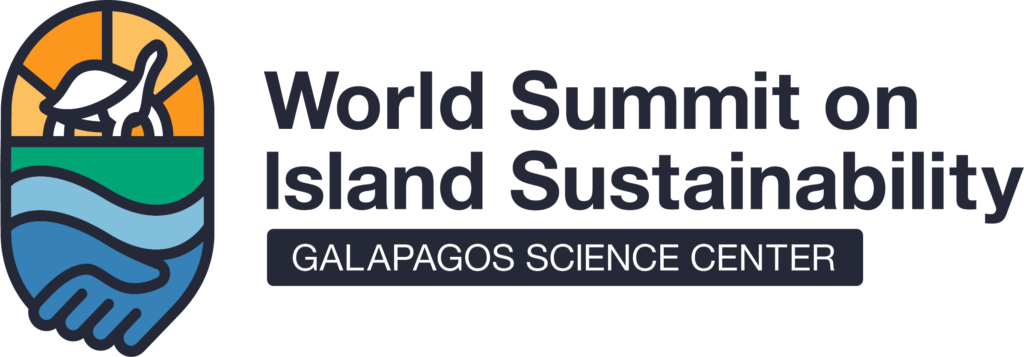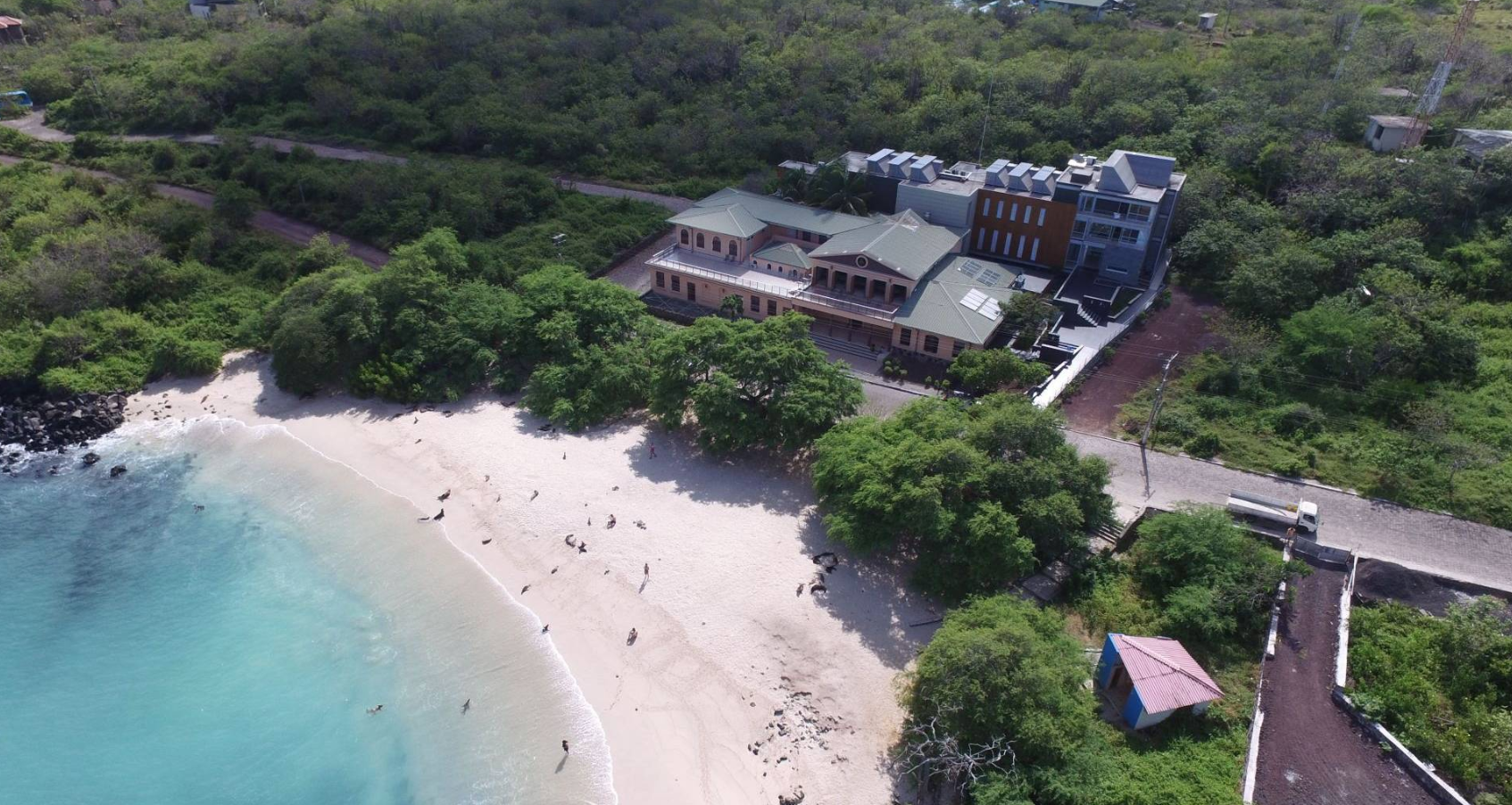Animales y Cambio de Cobertura/ Uso del Suelo:Una Evaluación mediante Teledetección en las Islas Galápagos
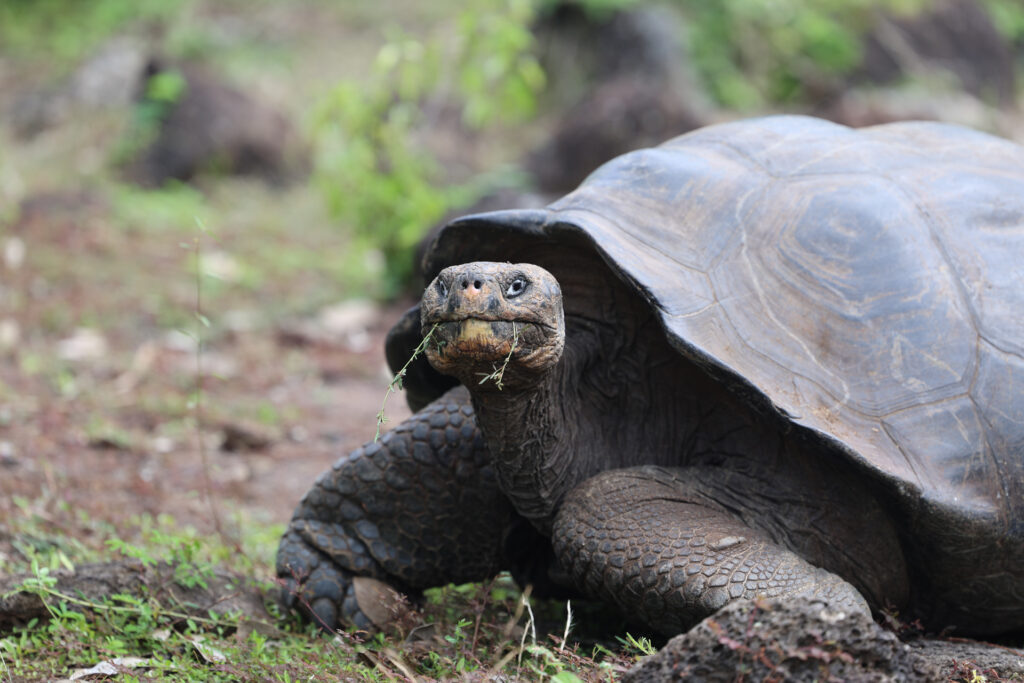
Los ecosistemas de Galápagos están en constante transformación debido a la interacción entre procesos naturales, animales y actividades humanas. Esta investigación analiza cómo distintas especies, tanto nativas como introducidas, influyen en el paisaje de las islas a través de sus movimientos, hábitos de alimentación y comportamiento, y cómo estos cambios se pueden observar con herramientas digitales de monitoreo ambiental.
La reproducción de un molusco intermareal de Galápagos varía según las fases térmicas del océano
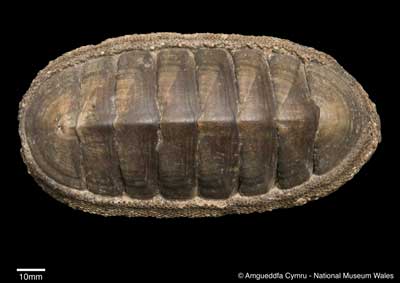
En este estudio se analiza cómo las variaciones en la temperatura del mar influyen en la reproducción de la canchalagua (Radsia goodallii), un molusco endémico de las Islas Galápagos y recurso de importancia para la pesca artesanal local.
¡Nuevo lanzamiento del Galapagos Science Center!

La mora silvestre (Rubus niveus) es una de las principales especies invasoras en las Islas Galápagos. Actualmente ocupa alrededor de 30.000 hectáreas en las zonas altas, donde desplaza a la vegetación nativa y afecta la biodiversidad. Los métodos de control más utilizados son la remoción manual y aplicación de herbicidas, pero han resultado ser poco sostenibles y no han logrado contener eficazmente su expansión.
Exploración de hongos patógenos para controlar la planta invasora Rubus niveus en la Isla Galápagos San Cristóbal

La mora silvestre (Rubus niveus) es una de las principales especies invasoras en las Islas Galápagos. Actualmente ocupa alrededor de 30.000 hectáreas en las zonas altas, donde desplaza a la vegetación nativa y afecta la biodiversidad. Los métodos de control más utilizados son la remoción manual y aplicación de herbicidas, pero han resultado ser poco sostenibles y no han logrado contener eficazmente su expansión.
Primer reporte de Anaplasma phagocytophilum en Galápagos: alta prevalencia en perros y evidencia circunstancial del papel de Rhipicephalus linnaei como vector
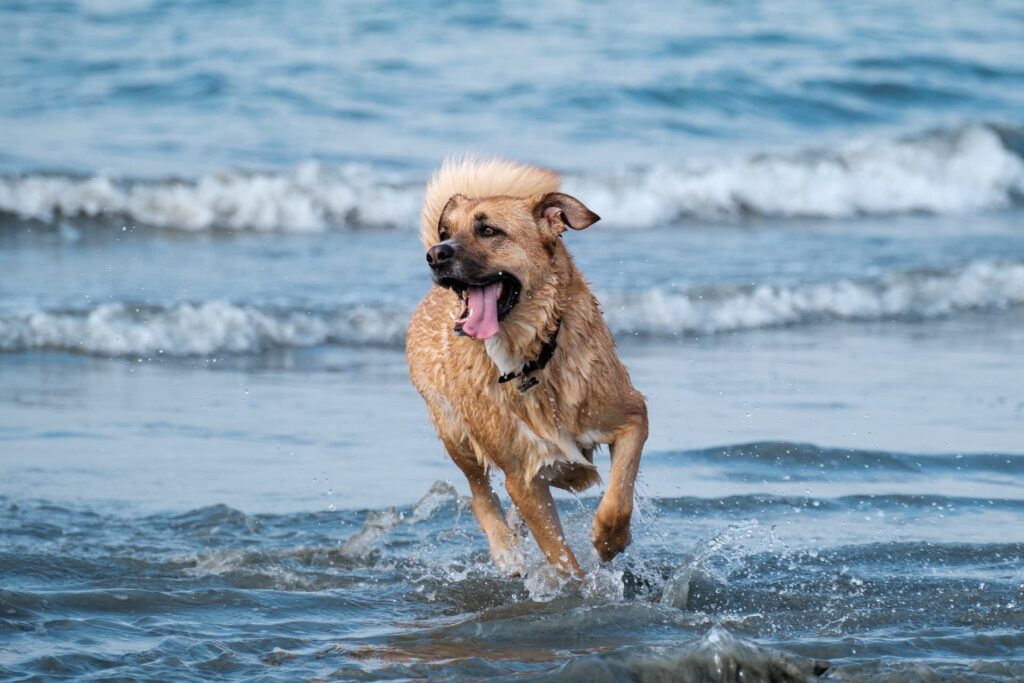
Las islas Galápagos albergan una biodiversidad única, pero también enfrentan amenazas relacionadas con enfermedades emergentes. Entre ellas, las transmitidas por garrapatas representan un riesgo tanto para la fauna local como para los animales domésticos. Dentro de este contexto, las bacterias del género Anaplasma son de especial interés por su capacidad de afectar la salud de los perros y su posible impacto en la fauna silvestre.
Determinantes de la diversidad y conectividad del fitoplancton marino en el Archipiélago de Galápagos a lo largo de un ciclo de El Niño (ENSO)
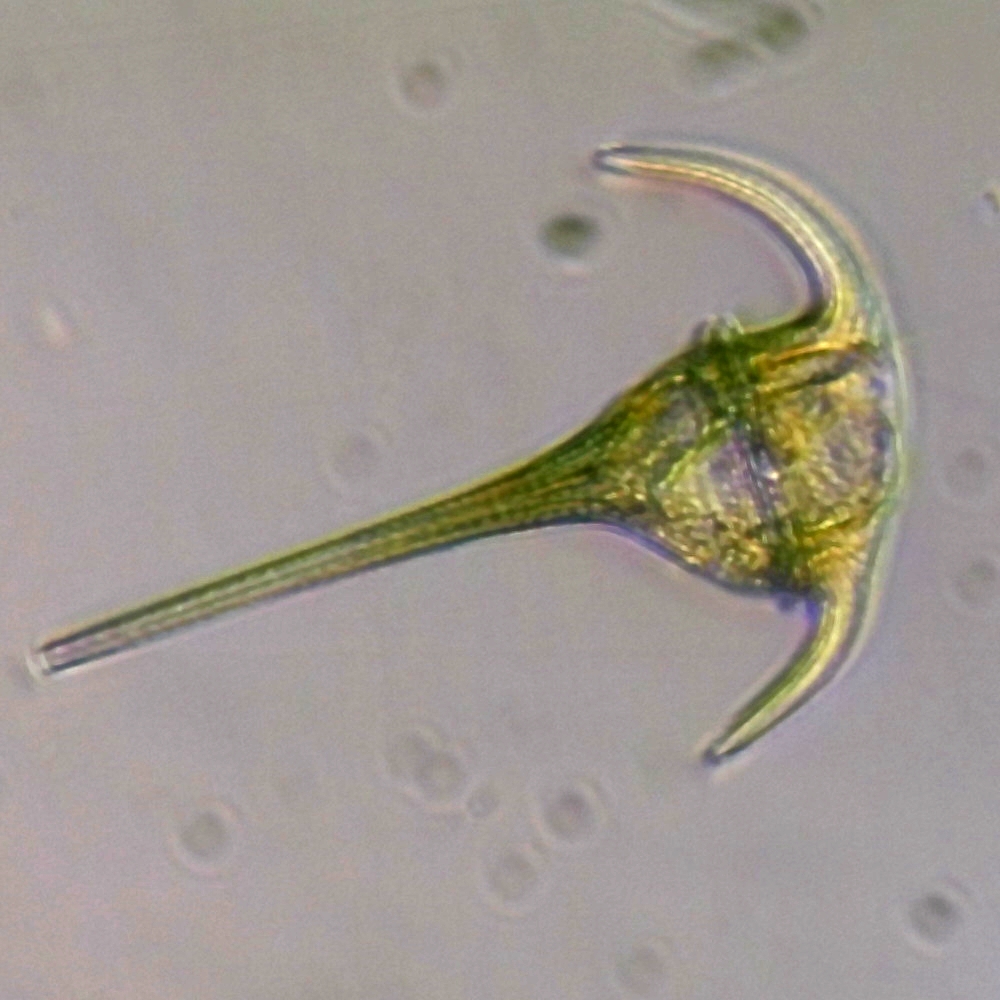
El fitoplancton es la base de la red alimenticia marina y su diversidad influye en la salud de los ecosistemas oceánicos. En Galápagos, las corrientes marinas y la variabilidad climática asociada a El Niño-Oscilación del Sur (ENSO) modifican estas comunidades, generando cambios en su productividad y conectividad.
Preferencias heterogéneas por un transporte marítimo más limpio en el sector turístico: Un experimento de elección en las Islas Galápagos

El transporte marítimo es fundamental para el turismo en Galápagos, pero también representa una fuente importante de contaminación. Este estudio explora la disposición de los turistas a pagar por tecnologías de propulsión más limpias, eléctrica e híbrida, como alternativa a los motores de combustión interna, con el objetivo de promover un turismo más sostenible en este frágil ecosistema.
Análisis de las estrategias tróficas de dos especies pelágicas en Galápagos

Un nuevo estudio realizado en la Reserva Marina de Galápagos analizó la dieta de dos especies pelágicas: el pez espada (Xiphias gladius) y el dorado (Coryphaena hippurus). El objetivo fue entender cómo estas poblaciones, que habitan el mismo ecosistema, logran coexistir sin competir directamente por alimento.
El rastreo global del uso del espacio por megafauna marina revela cómo alcanzar los objetivos de conservación

Un equipo internacional de más de 400 científicos, entre ellos Alex Hearn, profesor de la Universidad San Francisco de Quito e investigador del Galapagos Science Center, rastreó por satélite a más de 12.000 animales marinos. El objetivo de este esfuerzo global fue identificar con precisión las rutas migratorias y las zonas clave utilizadas por distintas especies para alimentarse, reproducirse o desplazarse, y así generar información fundamental para su conservación.
Primer estudio epidemiológico sobre el parásito Toxoplasma Gondii en lobos marinos de Galápagos (Zalophus wollebaeki)

Por primera vez, un estudio evaluó la exposición de los lobos marinos de Galápagos (Zalophus wollebaeki), una especie endémica y vulnerable, al parásito Toxoplasma gondii. A través de análisis serológicos, moleculares e histopatológicos en muestras de animales vivos y cadáveres, se identificó una alta seroprevalencia en juveniles de esta especie (79 %) y la presencia de ADN parasitario en tejidos pulmonares.

